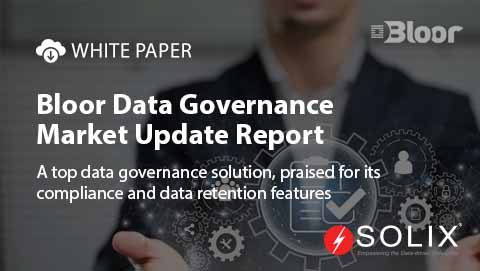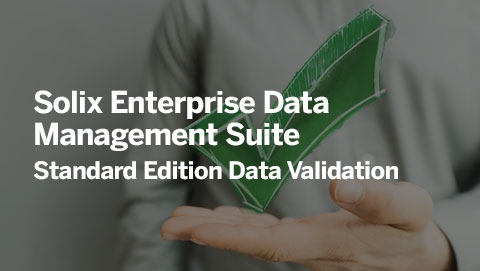Data Swamp
What is a Data Swamp?
A Data Swamp refers to an unorganized state of a data repository within a Data Lake or Data Lakehouse. In contrast to the organized and structured nature of a well-maintained Data Lake, a Data Swamp is characterized by a lack of governance, poor data quality, and a disarray of unstructured and unclassified data.
Key Characteristics
The following features are typically descriptive of data swamps:
- Lack of Governance:
Data in a swamp is often not governed or managed according to established policies and standards. This absence of governance leads to challenges in data discoverability, compliance, and security.
- Poor Data Quality:
Data Swamps are notorious for containing data with inconsistent formats, inaccuracies, and missing values. Poor data quality hampers decision-making processes and can lead to unreliable insights.
- Unstructured Data Proliferation:
In a Data Swamp, unstructured data, such as raw text, images, and videos, tends to accumulate without proper organization or metadata. This makes it challenging for users to derive meaningful insights from the data.
- Limited Metadata Management:
Metadata, which provides information about the characteristics of the data, is often neglected in a Data Swamp. The absence of proper metadata management makes it difficult for users to understand the context, lineage, and usage of the data.
Implications on existing data management processses
A Data Swamp, characterized by disorder and governance deficiencies, can severely impact your enterprise’s ability to extract value from its data assets. Here are the key implications that may arise:
- Reduced Efficiency:
Navigating through a Data Swamp can be time-consuming and counterproductive. Users may struggle to find relevant data, leading to reduced efficiency in analytics and reporting.
- Increased Compliance Risks:
Without proper governance, a Data Swamp raises compliance risks as sensitive or regulated data may be mishandled, leading to legal and regulatory repercussions.
- Compromised Data Security:
Inadequate security measures within a Data Swamp can expose organizations to data breaches and unauthorized access, jeopardizing the confidentiality and integrity of sensitive information.
How to mitigate these risks?
To mitigate the challenges of a Data Swamp, it is imperative to implement a comprehensive strategy. Here are key initiatives to enhance the management and usability of your Data Lake:
- Implement Data Governance:
Establish and enforce robust data governance policies to ensure that data is managed, classified, and accessed according to defined standards.
- Prioritize Data Quality:
Institute data quality management practices to regularly clean, validate, and enhance data quality within the Data Swamp.
- Organize and Classify Data:
Implement data categorization and classification strategies to organize and tag data, making it easier for users to discover and understand the content.
- Invest in Metadata Management:
Enhance metadata management practices to capture and maintain comprehensive metadata, providing users with essential information about the data.
FAQs
What are the main differences between a Data Swamp and a Data Lake?
A Data Lake is a centralized repository that allows for the storage of structured, semi-structured, and unstructured data at scale. It is organized, governed, and designed to facilitate data analytics and reporting. In contrast, a Data Swamp lacks organization, governance, and often suffers from poor data quality. It becomes more of a data dumping ground than a usable resource for insights.
How does a Data Swamp impact data analytics and decision-making?
Data Swamps hinder data analytics and decision-making by making it difficult to find relevant data due to lack of organization and metadata. Poor data quality further complicates analysis, leading to unreliable insights and potentially incorrect decisions.
What are the risks associated with a Data Swamp in terms of data security and compliance?
Data Swamps pose significant risks to data security and compliance. Without proper governance, sensitive data may be mishandled, leading to breaches and regulatory violations. Inadequate security measures can expose organizations to unauthorized access and compromise the confidentiality and integrity of data.





